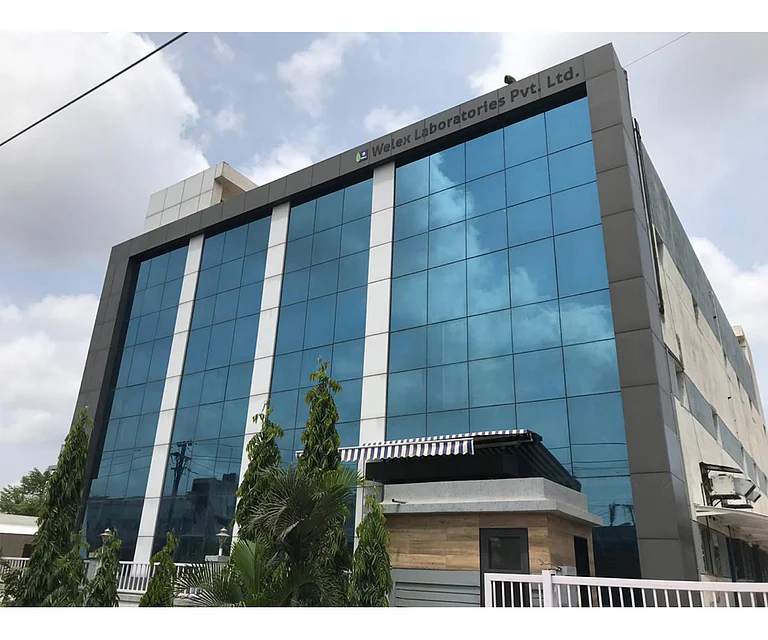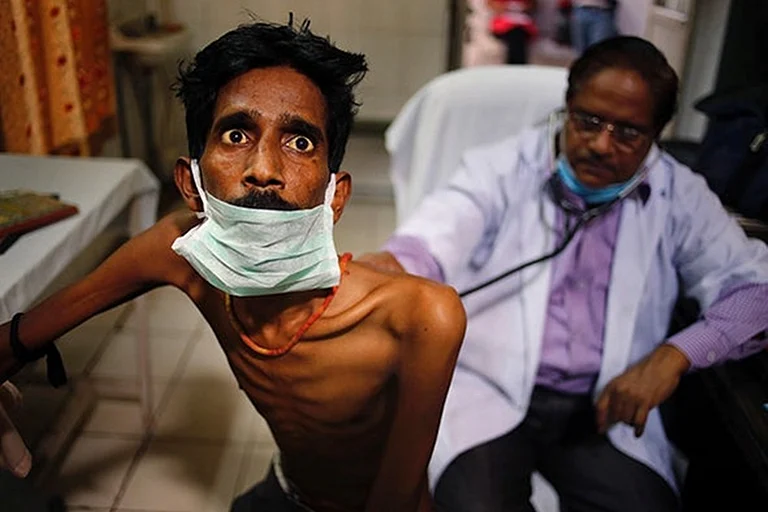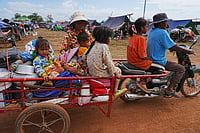In 2025, chikungunya virus (CHIKV) disease has surged alarmingly across the globe, striking even countries that hadn’t seen significant cases in years, the WHO has warned noting that from January 1 to September 30, over 445,000 suspected and confirmed cases and 155 deaths were reported from 40 countries.
Signaling a worrying spread of this debilitating disease, the WHO in its new report said that while some regions report skyrocketing infections compared to 2024, others show fewer cases, creating a patchy but dangerous global landscape.
The threat is far from contained. The WHO said that infected travelers can easily introduce CHIKV into new regions where the Aedes mosquito — the virus’s primary carrier — thrives, putting millions at risk. Limited immunity, favorable breeding conditions for mosquitoes, inadequate surveillance, and increased human movement intensify the danger of rapid outbreaks.
Reinforcing these concerns, a recent study published in BMJ Global Health, led by researchers at the London School of Hygiene and Tropical Medicine, estimates that more than 1.40 crore people worldwide could be at risk of chikungunya infection annually.
India faces the highest potential impact, with approximately 51 lakh people at risk each year, followed by Brazil and Indonesia.
Brazil and Indonesia might be the second and third most affected, with impacts due to the disease in India and Brazil accounting for 48 per cent of the global impact on healthcare systems and individuals, the findings showed.
The virus's vectors, Aedes aegypti and Aedes albopictus, have expanded their reach due to climate change, urban sprawl, and global transport, threatening areas previously untouched by the virus.
Chikungunya causes high attack rates, overwhelming healthcare systems, especially in large populations where the virus can sustain transmission for long periods. Many outbreaks are detected late, limiting effective responses and increasing the risk of severe disease and death.
The global health body has warned that without urgent action — including ramped-up surveillance, mosquito control, and strengthened healthcare preparedness — chikungunya could spread further, unleashing widespread outbreaks with serious public health consequences.
Although many countries have acquired the capacity to perform RT-PCR testing in recent years, the availability of reagents for chikungunya testing is limited and costs may be prohibitive. Serology is generally cheaper and more accessible but, in some regions, serological tests can cross-react with other alphaviruses and produce false positive test results.
Countries must act now to protect their populations and prevent this growing threat from spiraling out of control, said the WHO report.


























